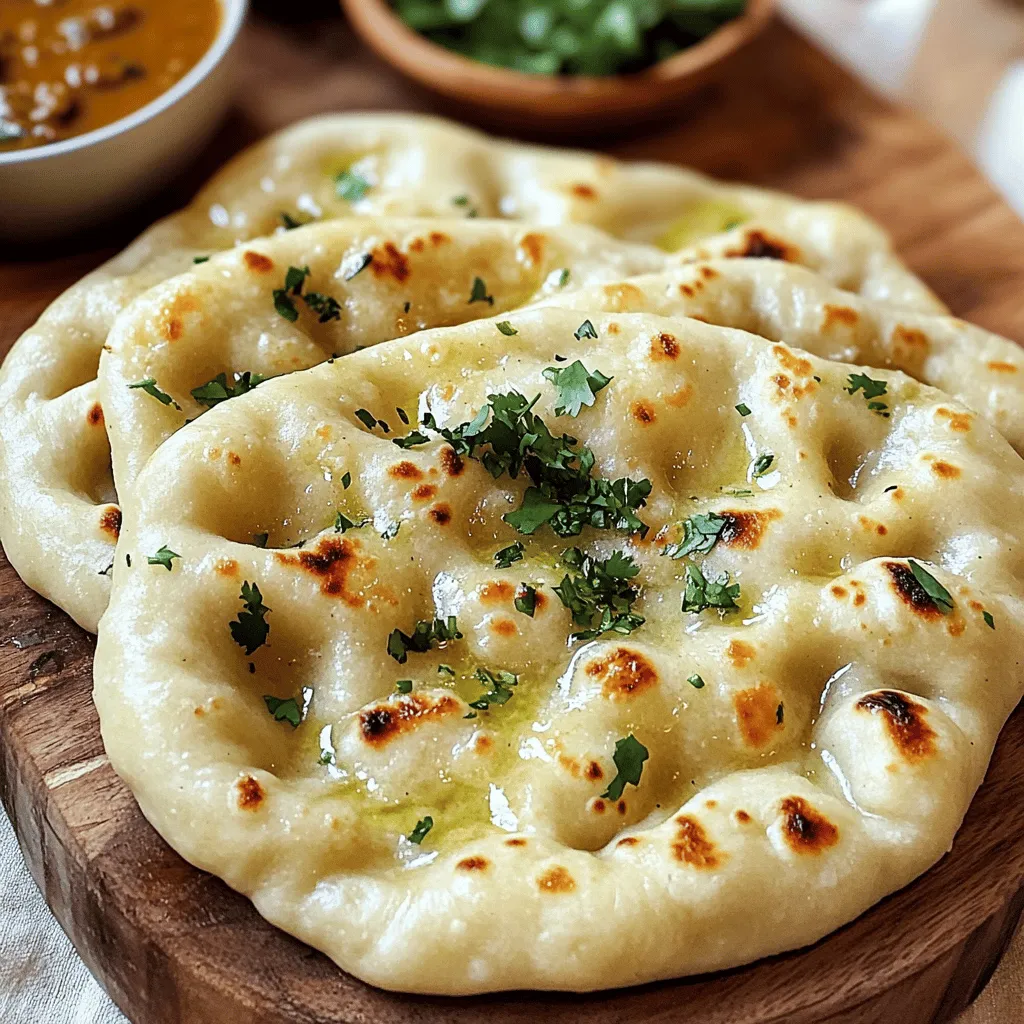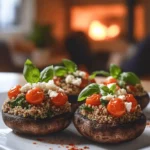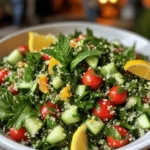Have you ever wanted to make naan at home? It’s simpler than you think! In this guide, I’ll share easy recipes and tips to achieve the perfect naan in your kitchen. From essential ingredients to cooking techniques, you’ll discover how to tailor your naan with fun flavors and fillings. Let’s dive into the world of homemade naan and impress your friends and family with your delicious creations!
What are the basics of making naan and what ingredients do you need?
Making naan is simple and fun. You only need a few key ingredients to get started. The main ingredients for naan include:
– All-purpose flour: This is the base of your naan. It gives it structure.
– Sugar: A little sugar helps the yeast work and adds a touch of sweetness.
– Salt: Salt enhances the flavor of your naan.
– Baking powder: This helps the naan rise and become fluffy.
– Warm milk: Milk adds richness and helps the dough form.
– Plain yogurt: Yogurt adds moisture and a slight tang to the dough.
– Ghee or unsalted butter: This adds flavor and keeps the naan soft.
– Garlic and fresh herbs: These give your naan a tasty twist.
These ingredients work together to create soft, warm naan. Each one plays a role in the final texture and taste of the bread.
The texture of your naan depends on your ingredients. Using high-quality flour makes a big difference. It gives the naan a great chew. The right amount of yogurt and warm milk keeps it soft and fluffy. If you skip the salt, your naan may taste bland.
You can also try different variations of naan. Some common types include:
– Garlic naan: This adds a strong flavor with minced garlic.
– Cheese naan: Stuff it with cheese for a gooey treat.
– Stuffed naan: Fill it with spiced potatoes or veggies for a hearty meal.
– Herb naan: Mix in fresh herbs, like cilantro, for a burst of flavor.
You can find the full recipe for fluffy garlic naan with herb infusion above. Enjoy making this delicious bread at home!
How can you customize your naan recipe?
You can make naan your own by adding fillings and flavors. This makes each loaf special.
What are some popular fillings for naan?
Some great naan fillings include cheese, potatoes, and spiced meat. Cheese naan is creamy and rich. You can use mozzarella or paneer for a fun twist. For a hearty option, try mashed potatoes mixed with spices. If you enjoy meat, seasoned ground lamb or chicken works well too.
How can you introduce different flavors in your naan?
To add flavor, try spices and herbs. Cumin, coriander, or chili powder can spice things up. You can also use fresh herbs like mint or cilantro. Mixing herbs into the dough or sprinkling them on top can enhance the taste. Another option is to add a little yogurt for tang.
What are some modern twists to traditional naan recipes?
Modern twists can be fun and creative. You can make sweet naan by adding cinnamon and sugar. Another idea is to use different flours, like whole wheat or chickpea flour. These variations change the taste and texture. You can also try stuffing naan with unexpected ingredients, like chocolate or fruit.
For the full recipe, check out Fluffy Garlic Naan with Herb Infusion. This will give you a solid base to start customizing your naan today!
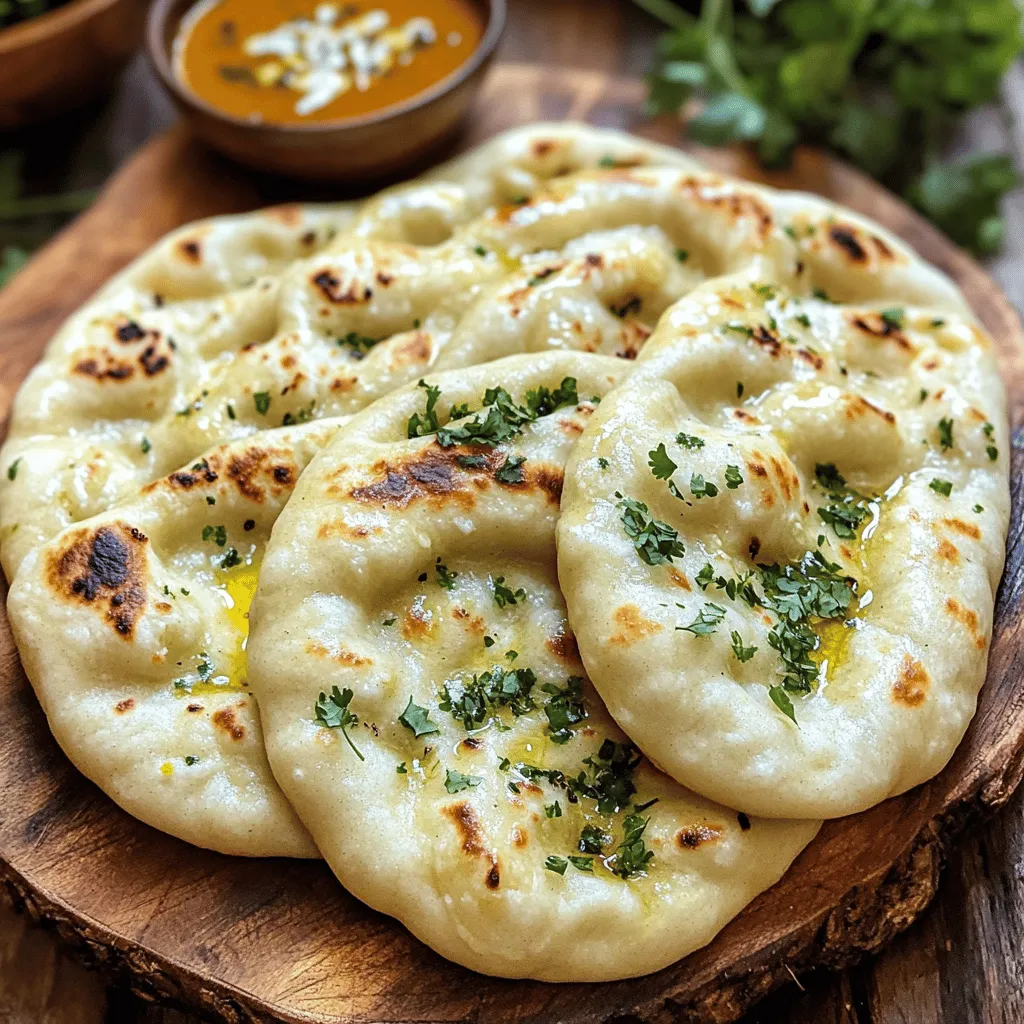
What are the traditional cooking techniques for naan?
Naan has deep roots in Indian cooking. Traditionally, naan cooks in a tandoor, which is a clay oven. This oven gets very hot, reaching up to 900°F. The heat cooks the naan quickly, giving it a unique texture. The high temperature creates a crispy outside and a soft inside.
How do you cook naan in a tandoor?
To cook naan in a tandoor, you first roll the dough into an oval shape. Next, wet one side with water to help it stick. Then, you slap the wet side against the hot walls of the tandoor. The bread cooks in just a few minutes. You’ll see bubbles form and some charred spots appear. This method gives naan a smoky flavor that is hard to beat.
What methods can be used to bake naan at home?
You can also bake naan at home using a cast-iron skillet or your oven. For a skillet, heat it on medium-high, then cook each naan for 2-3 minutes. Flip it over and cook until you see brown spots. If you use an oven, preheat it to 500°F. Place the naan on a baking stone or sheet. Bake for about 5 minutes. Both methods create delicious naan that you can enjoy.
Is there a difference in texture between yeast and no-yeast naan?
Yes, there is a difference in texture. Yeast naan is light and airy due to the fermentation process. It rises and becomes fluffy. No-yeast naan, on the other hand, is denser and chewier. It often uses baking powder for some lift. You can choose either type based on your taste. For a fluffy texture, go with yeast. For a firmer bite, try no-yeast naan.
For a tasty and easy recipe, check out the Full Recipe for fluffy garlic naan with herb infusion. This recipe brings together the best of both worlds!
What are the best accompaniments for naan dishes?
Naan pairs well with many dishes. I love serving it with rich curries. Butter chicken and paneer tikka are my favorites. These creamy sauces soak into the naan, making every bite better.
What dishes pair best with naan?
You can enjoy naan with lentil dal, vegetable bhaji, or even grilled meats. Each dish adds its own flavor, enhancing your meal. The soft texture of naan makes it ideal for scooping up these tasty options.
How can you enhance your meal with the right dips?
Dips like mint chutney or yogurt sauce add a fresh touch. The coolness of yogurt balances spicy dishes perfectly. You can also try a tangy tamarind sauce for a unique twist. These dips bring extra flavor and fun to your meal.
What are some innovative serving suggestions for naan?
Consider using naan as a base for pizzas or wraps. Top it with vegetables, cheese, and meats. You can also cut naan into strips and serve it with soups. This makes for a fun and interactive dining experience.
For the perfect naan experience, refer to the Full Recipe. Enjoy exploring all these great pairings and dips!
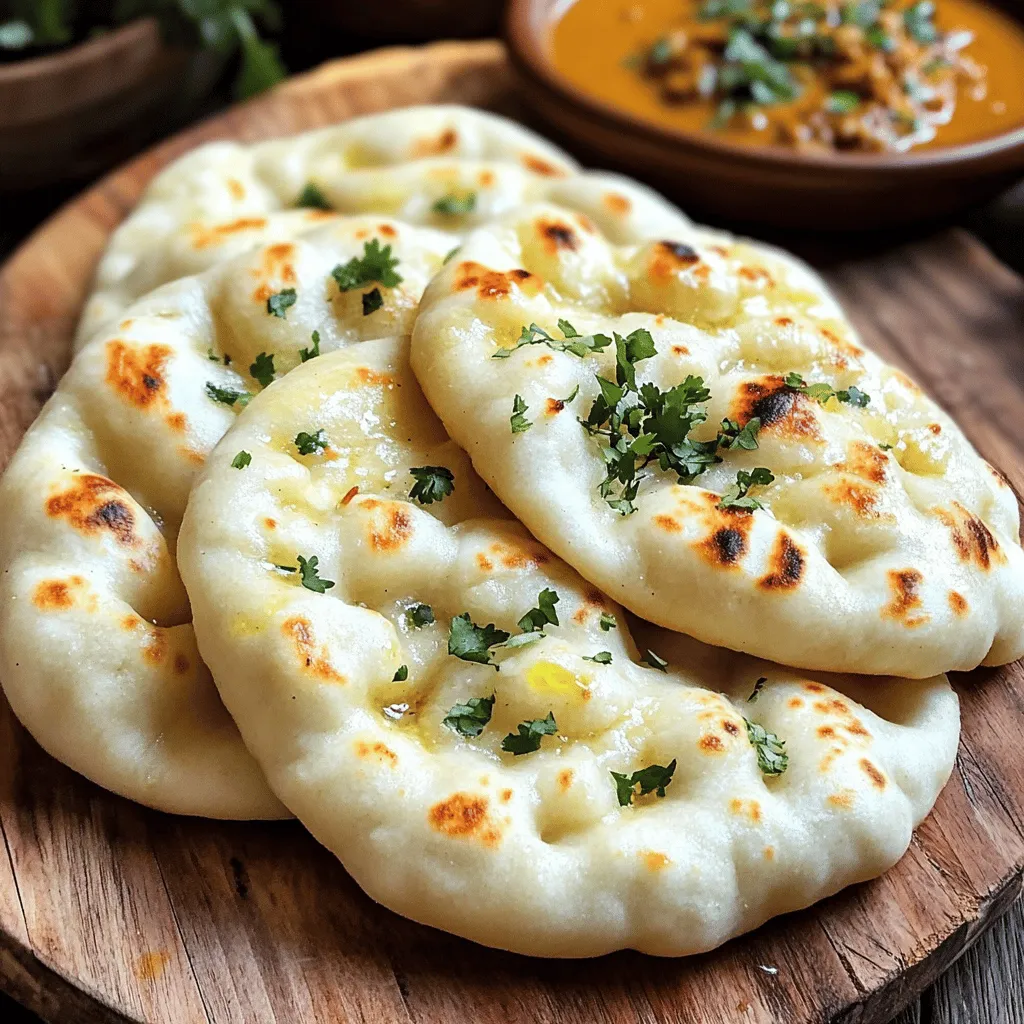
How do you ensure perfect naan every time?
Making naan at home can be a fun and rewarding experience. To ensure your naan turns out perfect, avoid some common mistakes.
What common mistakes should you avoid when making naan?
One mistake is using cold ingredients. Always use warm milk and yogurt for better rising. Another mistake is not kneading enough. Kneading helps develop gluten, giving naan its chewy texture. Also, don’t skip the resting time. Resting allows the dough to rise and become airy. Lastly, avoid cooking on low heat. High heat is key to getting those lovely charred spots.
What tips can help achieve the perfect texture and flavor?
To enhance flavor, add herbs like cilantro and parsley to the dough. This gives your naan a fresh taste. Use ghee or butter for brushing after cooking. This adds richness and a glossy finish. For texture, roll the dough evenly, about 1/4 inch thick. Thinner naan puffs nicely and has that ideal chewiness. Remember to preheat your skillet well before cooking. A hot surface helps create that signature naan bubble.
How do you know when naan is fully cooked?
You can tell naan is done by looking for bubbles. When you see bubbles form on the surface, it’s a good sign. Flip it over, and cook until you have golden brown spots. The bread should puff up while cooking. If it puffs and has those nice charred spots, it’s perfect!
By following these tips and avoiding common mistakes, you can make perfect naan every time. For the full recipe, check the details above. Enjoy your homemade naan!
What is the cultural significance of naan in cuisine?
Naan holds an important place in Indian cuisine. It is more than just bread; it is a symbol of warmth and hospitality. In many homes, naan serves as the main staple alongside curries and stews. People often share naan during meals, strengthening bonds with family and friends.
In traditional Indian meals, naan is used to scoop up flavorful dishes. This method connects diners to their food and enhances the experience. Naan’s soft, fluffy texture complements the rich sauces of many Indian dishes. It absorbs flavors beautifully, which makes every bite enjoyable.
Serving naan carries cultural meaning. It shows care and respect for guests. When you offer naan, you invite others to share in your meal. This reflects the Indian value of togetherness and community.
Regional differences also shape naan’s preparation and enjoyment. In the north, naan is typically made in a tandoor oven, giving it a smoky flavor. In southern regions, people may prefer softer varieties like apam or dosai. Each area adds its twist, showcasing local ingredients and tastes.
The historical origins of naan trace back to Central Asia. Over time, it made its way to India, adapting to local customs. This journey highlights how food connects cultures and stories. Today, naan continues to evolve, with creative variations emerging worldwide.
By understanding naan’s cultural significance, we appreciate its role in meals. It becomes more than just food; it becomes a shared experience filled with love and tradition. For a delicious take on this bread, try the Full Recipe for fluffy garlic naan with herb infusion.
What are the traditional cooking techniques for naan?
To cook naan, you can use a tandoor or a skillet. A tandoor is a clay oven. It gives naan a unique flavor. You can mimic this at home with a cast-iron skillet. The key is high heat.
When using a tandoor, place the rolled naan inside the hot oven. The naan will stick to the sides and cook quickly. This method creates a smoky taste. It also gives the naan lovely charred spots.
If you don’t have a tandoor, a skillet works well. Heat the skillet over medium-high heat. Roll your dough into flat shapes. Place them in the skillet. Cook for 2-3 minutes until bubbles form. Flip it over and cook for another 1-2 minutes. This technique can still yield great results.
You can also bake naan in an oven. Preheat it to a high temperature, around 500°F. Use a baking stone if you have one. Roll out your naan and place it on the stone. Bake for about 5 minutes. The high heat will puff up the naan.
Using yeast is another choice for making naan. Yeast gives naan a light, airy texture. Mix yeast with warm milk and let it activate. Then, mix it with flour and other ingredients. This will create a softer naan.
No-yeast naan is quicker and still tasty. It uses baking powder instead. This method is great if you’re short on time. Both types can be delicious; just choose what fits your needs.
Each method has its unique benefits. Experiment to find what you enjoy the most. With practice, you will master how to make naan in your own kitchen. For a full recipe, check out the Fluffy Garlic Naan with Herb Infusion.
Making naan is a fun and rewarding experience. You learned the basics, from essential ingredients to traditional cooking techniques. Customizing your naan with popular fillings and flavors adds a personal touch. Pairing naan with great dishes and dips makes every meal special. Remember the tips for perfect naan to avoid common mistakes. With all this knowledge, you can enjoy the rich cultural significance of naan in meals. Now it’s time to roll up your sleeves and make your own delicious naan!

